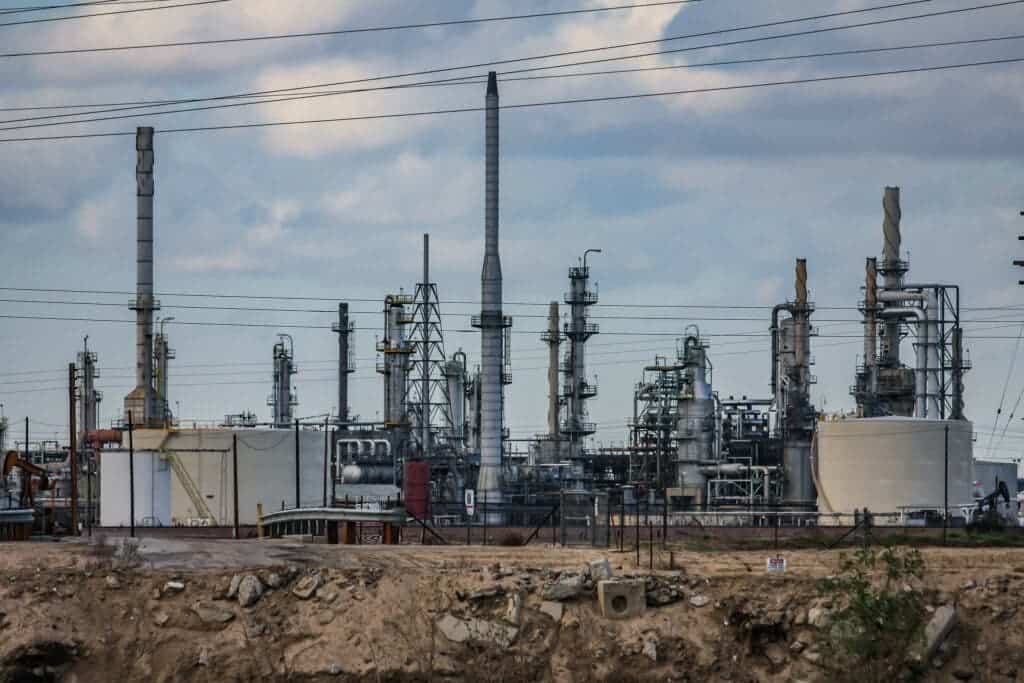Getting to net-zero emissions in the United States is not only surprisingly feasible but also affordable, according to a new study. Researchers found that transforming the country’s energy infrastructure to run mainly on renewables would have a net cost of about $1 per person per day.

Per-capita carbon emissions in the US are some of the highest in the world, according to the World Bank, with the country emitting 17.6 tons of carbon per person in 2016. The country is second only to China in its total contributions to climate change, which means the climate actions that it takes can make a big difference for the entire world.
Researchers from the Berkeley Laboratory, the University of San Francisco and the consulting firm Evolved Energy Research looked at pathways by which the US could become carbon neutral by 2050. They focused on reductions in energy and industrial (E&I) emissions, which constitutes more than 80% of the country’s emissions.
“By methodically increasing energy efficiency, switching to electric technologies, utilizing clean electricity (especially wind and solar power), and deploying a small amount of carbon capture technology, the United States can reach zero emissions,” the authors write in the paper. “Cost is about $1 per person per day, not counting climate benefits.”
Berkeley Lab senior scientist Margaret Torn, one of the study’s lead authors, said that decarbonization of the American energy system would require a major infrastructure overhaul. The country would have to build new wind and solar plants and transmission lines, deploy a fleet of electric cars and light trucks and replace conventional furnaces and water heaters with heat pumps, he argued. But it can be done.
All pathways used four basic strategies: energy efficiency, decarbonized electricity, electrification, and carbon capture. Net costs of a carbon neutral economy ranged between 0.2% to 1.2% of the GDP. Least‐cost pathways were based on more than 80% wind and solar electricity plus thermal generation for reliability. A 100% renewable primary energy system was feasible but more expensive.
“We were pleasantly surprised that the cost of the transformation is lower now than in similar studies we did five years ago, even though this achieves much more ambitious carbon reduction,” Torn said in a statement. “The main reason is that the cost of wind and solar power and batteries for electric vehicles has declined faster than expected.”
Costs would actually be lower if the economic and climate benefits of decarbonizing the economy would be included, the study found. Leaving behind fossil fuels would mean less money spent on oil and fewer impacts of climate change, such as extreme droughts, air and water pollution from fossil fuels, and improved public health.
The researchers created the pathways using new energy models that included details of energy consumption and production for 16 geographic regions in the US. The costs were then calculated using projections for fossil fuel and renewable energy prices from the Annual Energy Outlook for the US Department of Energy, among other sources. They come mainly from building the new infrastructure.
Regardless of the long-term differences between each pathway, the study found that the actions that have to be taken in the next 10 years are actually very similar. The US has to increase the generation and transmission of renewable energy, ensure that all new infrastructure is low carbon, such as cars or buildings, and maintain its current gas capacity for reliability.
“We don’t need to have a big battle now over questions like the near-term construction of nuclear power plants, because new nuclear is not required in the next ten years to be on a net-zero emissions path. Instead, we should make policy to drive the steps that we know are required now.” study lead author Jim Williams said in a statement
Previous studies have made similar arguments over the transition of the US economy to decarbonization. But the researchers believe this is the first one to give a detailed description of how the US energy and industrial system can be a source of negative emissions by 2050 – meaning more CO2 is taken out of the atmosphere than added.
The study was published in the journal AGU Advances.









